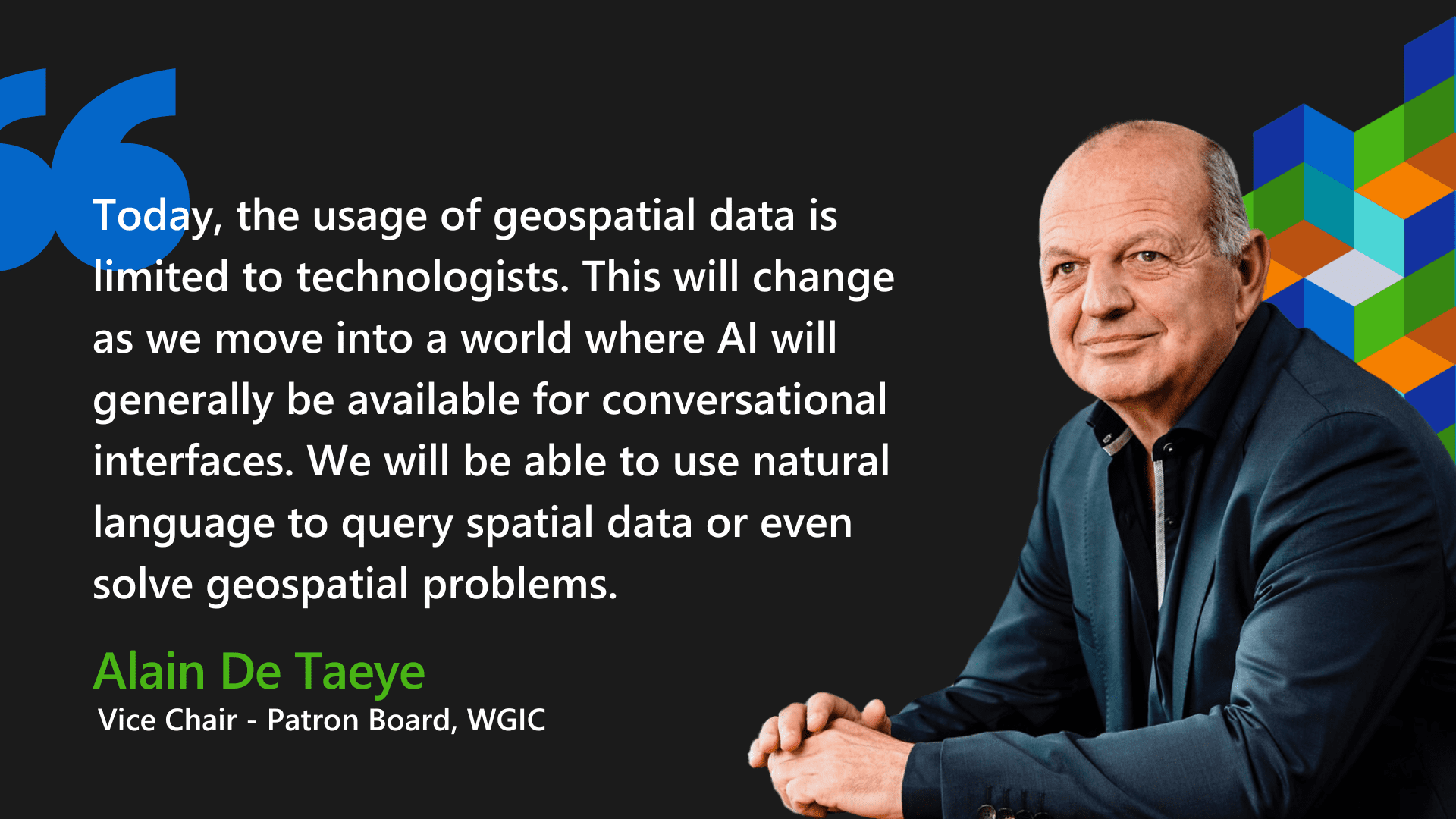We are amidst exciting times in the geospatial industry. We are witnessing tremendous growth in the usage of geospatial information to solve problems that matter. Be it global issues such as climate change, sustainability, mobility, and disaster mitigation and management or national and thematic issues such as planning of urban spaces to facilitate appropriate infrastructure, seamless transportation and utilities, and ensuring food security for the growing population, geospatial has its way into every critical sector of the society.
Even as this technology is becoming pervasive, I see three trends reshaping our industry, opening it up for even greater usage of geospatial information. The first is artificial intelligence (AI). AI has made tremendous progress over the last decade, and the geospatial industry is increasingly using AI in crafting services and solutions. The use of AI in our industry starts with creating and updating geospatial data. AI can be extremely useful in detecting objects from video cameras, aerial photographs, or satellite images and extracting much more information at a faster rate.
The next important application of AI is in the analysis of geospatial data. We are seeing a massive influx of data from disparate sources. Besides extracting the data, AI can help improve the data quality. Even as geospatial data is used in an expanding number of applications, the accuracy, precision and currency of data becomes crucial, and AI significantly improves these parameters.
Soon, AI will bring about transformative changes in how geospatial information is used. Today, the usage of geospatial data is limited to technologists. This will change as we move into a world where AI will generally be available for conversational interfaces. We will be able to use natural language to query spatial data or even solve geospatial problems. This is incredibly important because it expands the user base of geospatial information from a select group of technologists to a much broader audience that does not necessarily have to be specialists in geospatial technologies.
The second trend reshaping our industry is the proliferation of sensors, be it video, LiDAR, image, or motion sensors. Take a modern car, for instance. It has a plethora of sensors, especially video cameras, that seamlessly capture the fast changing conditions around the moving vehicle, creating a crowdsourced reality. This is true not just for cars; it will soon be valid for mobile phones, dashcams and a host of gadgets or projects you can imagine.
Next to the proliferation of sensors, we are experiencing enormous quality increase regarding the capabilities of those sensors, enabling advanced data capture and extraction of more detailed data.
Moreover, we have seen an enormous growth in the capabilities of edge computing in recent years. We can now analyze the results of the sensors in the edge, meaning analysis can be done in the car, in the phone or in the satellite itself. We can extract information from the edge and use normal communication channels such as 5G to relay the same in real or near-real time.
The third trend I wish to touch upon is open data. We have seen a phenomenal increase in the availability of open data in the last 20 years. More and more governments realize that by opening their datasets, they amplify collaboration with the private sector and expand the utility of open data to create new solutions.
Organizations such as Open Street Maps (OSM) have seen tremendous growth in their community and as such realized much more coverage in their global map as well as substantial quality increases over the past decade. However, there are still problems with consistency, quality checking and vandalism. For this reason, initiatives such as Overture Maps Foundation are important in making standardized open data available to the world so that everybody can connect their data to a single base map, which provides opportunities for lots of applications – both internal applications for companies and public applications. The possibilities are endless.
Even as these trends are massively expanding the business potential of geospatial technology, it is essential to be cognizant that we live in a complex world, and collaboration is the only way to create the products, services and solutions the world needs.
As a founding patron, I am excited that WGIC serves as such a platform that brings together geospatial companies, multilateral organizations, non-governments, and governments to foster collaboration and innovation in the industry. I am incredibly fond of this collective vision well captured by WGIC’s brand identity – Geospatial in Everything, Geospatial for Everyone.
I would be happy to see the association I have co-founded continue to grow its membership, and I would love to see companies of all sizes join WGIC to expand collaboration on a global scale while simultaneously deepening our connections for mutual business benefits.


